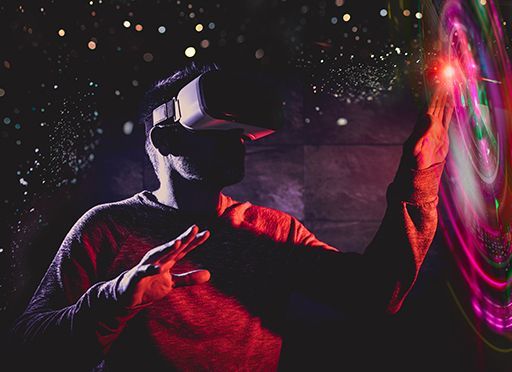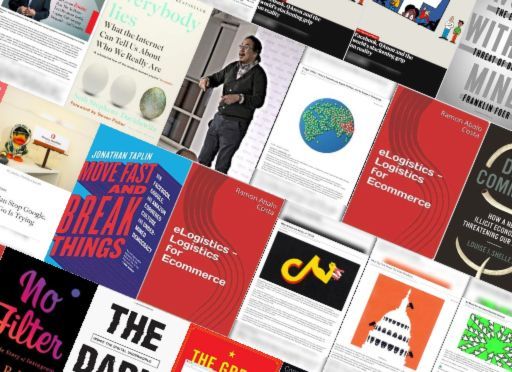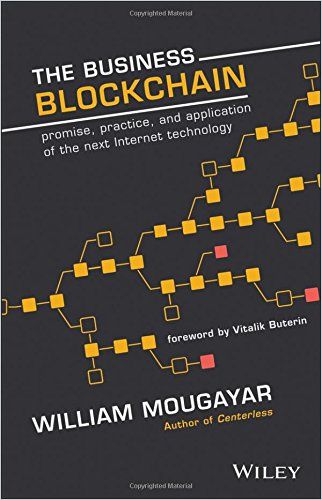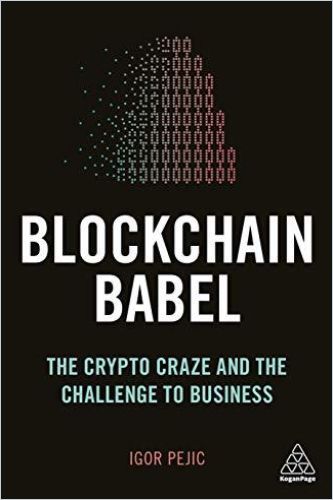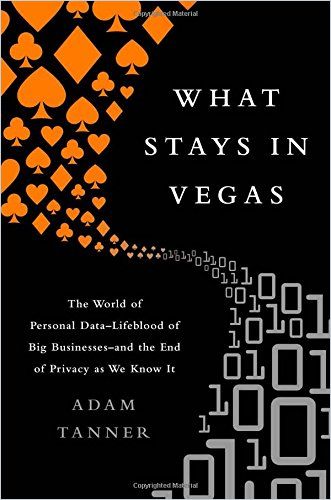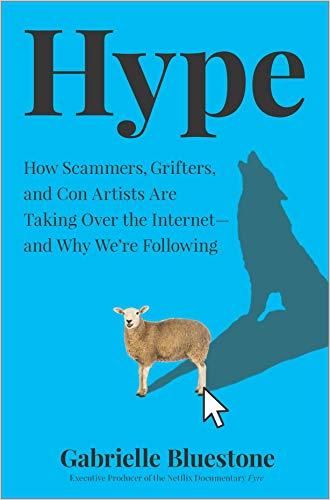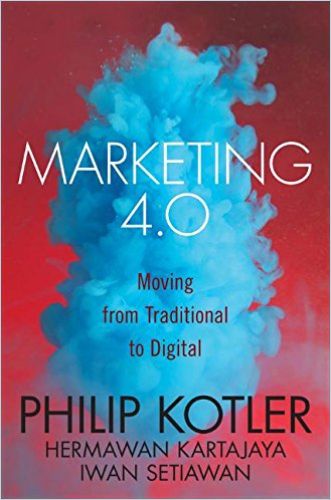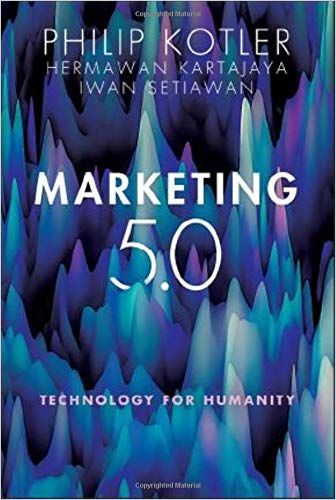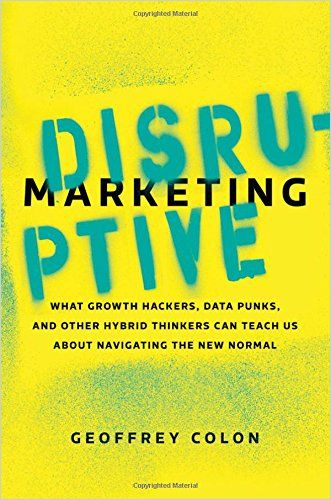Gear Up for Web 3.0
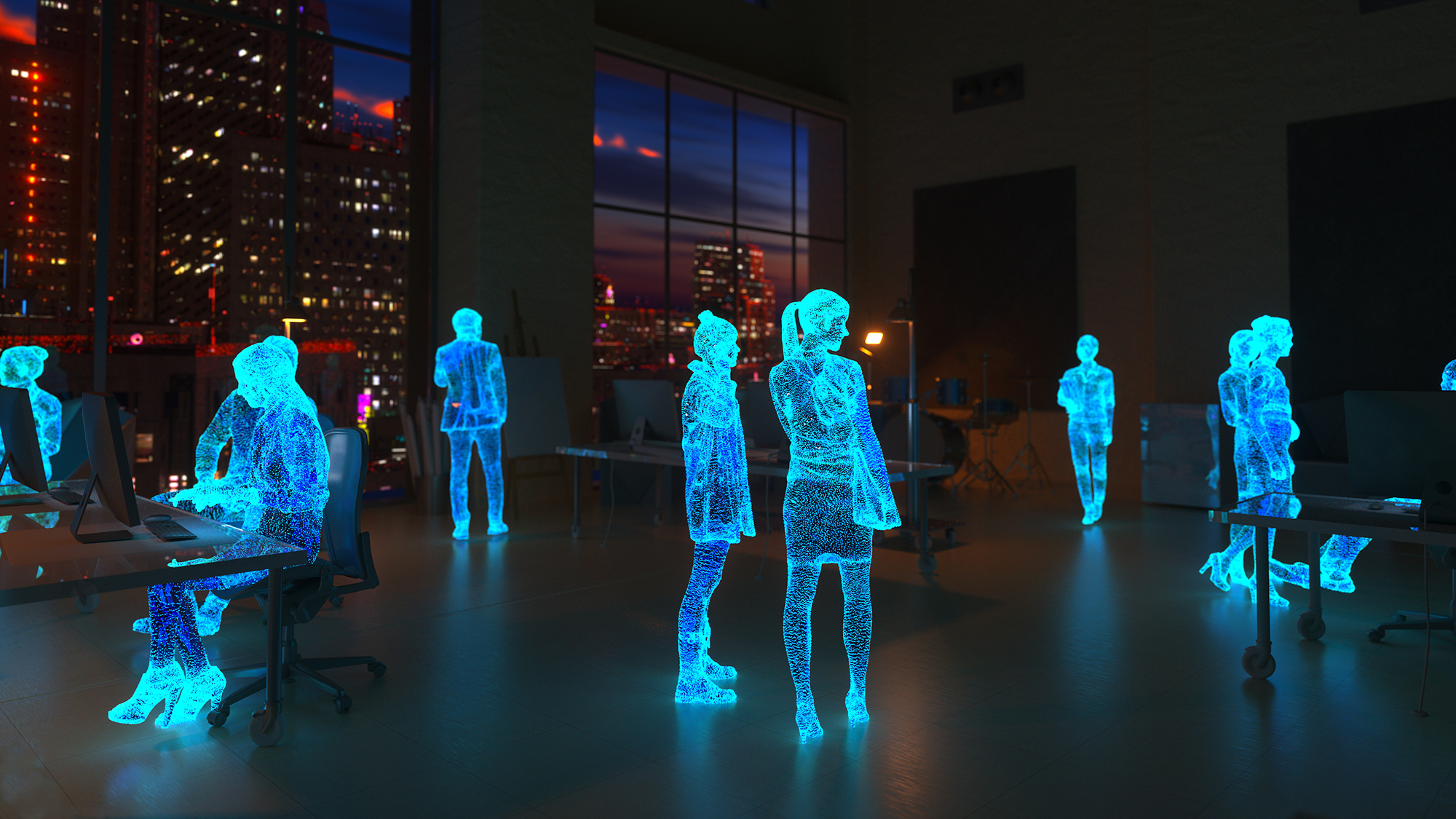
The world has been eagerly awaiting the metaverse since science fiction first embraced the concept, officially according to Wikipedia, in 1992 with Neal Stephenson’s Snow Crash. The idea is that eventually the internet would integrate virtual and augmented reality technologies and become, more or less, immersive and 3-D, like a real-life video game.
The Eras of the Internet
At first, the internet was decentralized – in fact, it was conceived by DARPA to be decentralized for greater redundancy and security. Once commercialized, users, mostly consumers, linked together via websites, email and other limited services. With the advent of web 2.0, the social internet, users also became content makers. A few tech companies used data from users to perfect their offers and give people more of what they wanted. Companies like Google, Facebook and Amazon collected data in exchange for free services and came to dominate the internet. These companies built services within their own ecosystems and became quite powerful, defining this era of the internet. Apple and Google cultivated mobile space by creating marketplaces for apps that worked on their devices. This iteration of the web has been and still is powered by ad revenues, which gave rise to significant concerns about the internet’s security vulnerabilities and the commercialization of private data in the rise of a new data-driven economy. As the next iteration of the internet approaches, known variously as web 3.0 and the metaverse, users will no longer be captured by the platforms built out by big tech giants and will have more control over the privacy of their data. Web 3.0 promises a return to a more decentralized internet.
The metaverse is a vision, not a specific technology.
CB Insights
The metaverse exists at the convergence of several technologies: blockchain, 5G wireless, cloud and edge computing, ever more powerful computers, the Internet of Things, 3-D printing, virtual and augmented reality.
The Blockchains That Build Worlds
Nervous tech watchers have long advocated for government to break the monopolies that now dominate the Internet with their ‘killer apps.’ But journalist Jon Stokes argues that blockchain is poised to do that work without government intervention. Greater use of blockchain technology – the technology that powers digital currencies but can facilitate all kinds of secure exchanges – will open up opportunities for new entrepreneurs and protect user privacy much better than any company’s proprietary user database can. Blockchain architecture is the foundation of the metaverse.
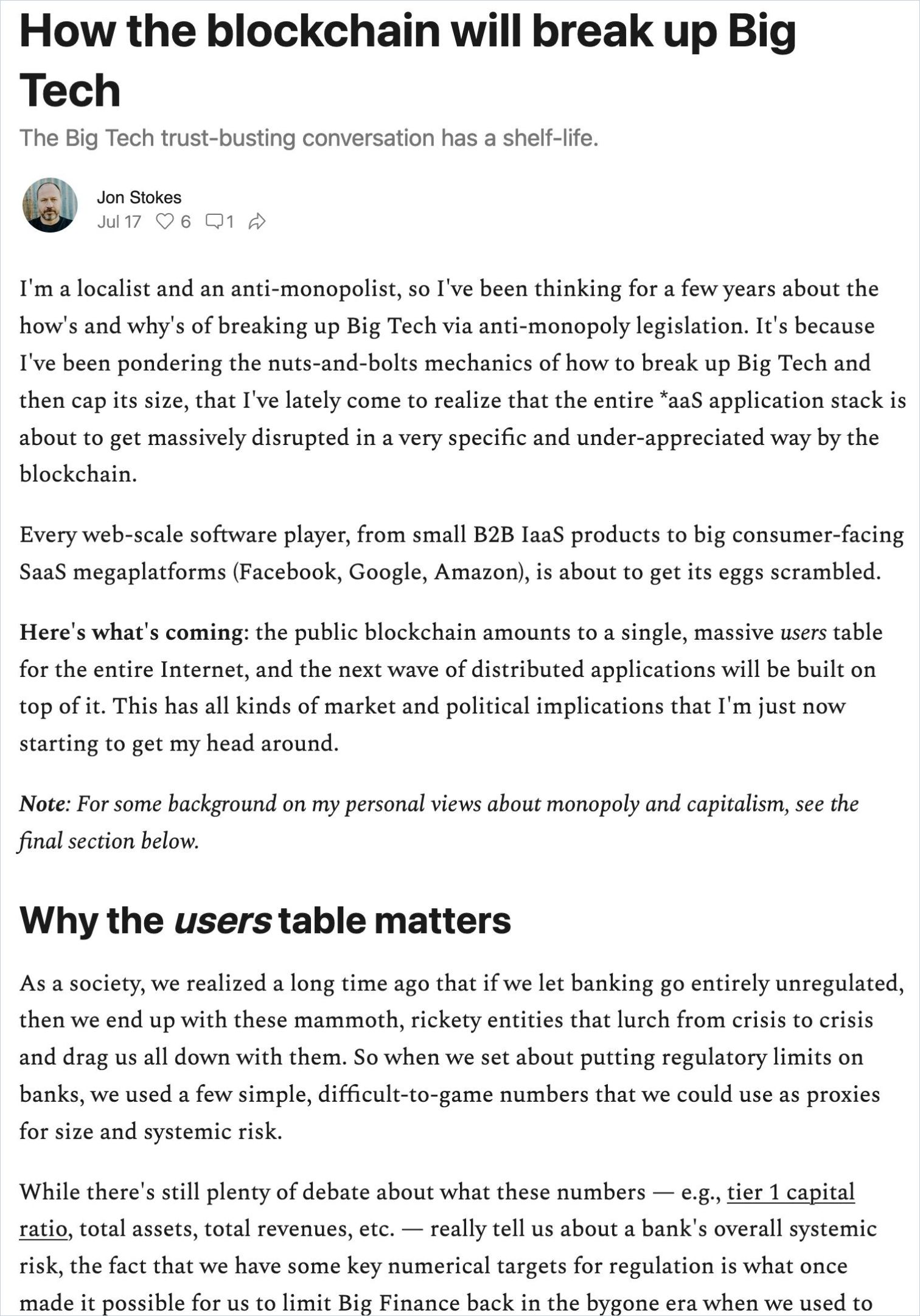
The metaverse promises a peer-to-peer architecture where users, not necessarily tech companies, sell their wares to other users, often using cryptocurrency or non-fungible tokens, which are unique stand-ins for digital or physical assets. It won’t just be limited to virtual assets and exchanges, points out entrepreneur Stephan Tual in “Blockchain.” Using “smart contracts” and blockchain, vendors can attach unique identifiers to real-world things – like rental cars that unlock via smartphone – and set up secure exchanges directly with customers. Despite concerns about security and valuation, cryptocurrencies and the services they animate will thrive; specific cryptocurrencies may rise and fall, and non-fungible tokens may be a bubble, but the blockchain these digital forms of exchange are built on is here to stay.
Every web-scale software player, from small B2B IaaS products to big consumer-facing SaaS megaplatforms (Facebook, Google, Amazon), is about to get its eggs scrambled.
Jon Stokes
Blockchain forms the basis for “decentralized autonomous organizations” (DAOs), communities unto themselves with their own rules and currencies that users can invest in as they grow. As reporter Taylor Locke puts it, a DAO “is an internet community with a shared bank account” usually gathered together for a specific purpose, either to work on a project or for investment purposes. In 2021, PleasrDAO users pooled their tokens to buy a rare $4 million Wu-Tang Clan album. DAOs are the virtual equivalent of LLCs or venture capital firms. Learn about blockchain fundamentals in this Journal article:
An “Internet of Blockchains”
Whereas web 2.0 saw the consolidation of large tech companies, web 3.0 disrupts their hegemony with the coming “internet of blockchains.” The big tech front-runners are right to worry about losing market share, writes Matteo Gianpietro Zago. An essential feature of the emerging web 3.0 landscape is peer-to-peer exchanges that securely cut out the middleman or platform.
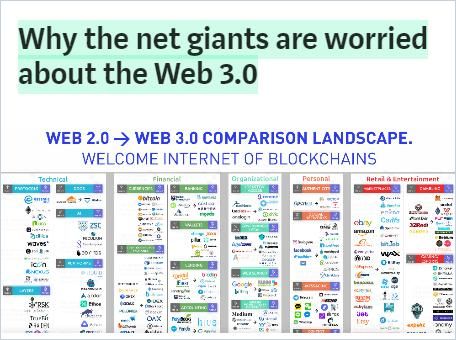
What began as a push for decentralized cryptocurrency exchanges is now inspiring decentralized platforms in other sectors such as insurance, file sharing and media streaming. Social media platforms based on blockchain are emerging and gaining users. Social exchange is essential to creating large, active DAOs with an engaged user base. Individual mobile “wallets” provide both browsers and the opportunity for secure transactions and messaging, all in one app or decentralized app (dApp).

According to expert William Mougayar in The Business Blockchain, blockchain is the next “killer app” and, as investor Angela Strange points out, eventually “Every Company Will Be a Fintech Company.” All that said, businesses integrating blockchain technology should proceed with caution. As Igor Pejic points out in Blockchain Babel, the technology still faces obstacles to full and secure deployment, but there is no stopping it.
Life, Work and Leisure Will Take Place in Digital Space
In their report “The Metaverse Could be Tech’s Next Trillion-Dollar Opportunity,” CB Insights predicts that not only will people spend their leisure hours immersed in virtual worlds, but they will also soon work and live there as well, attending virtual events, buying and selling virtual goods, visiting friends and workspaces virtually. At the rate the metaverse is growing, experts predict it will be a $1 trillion market by 2030. There’s hype, but there are very real, lucrative opportunities in web 3.0 space. Ailin Graef bought virtual land and developed it as her avatar, Anshe Chung, within the game Second Life. She became a millionaire in real life by renting out virtual spaces to other gamers.
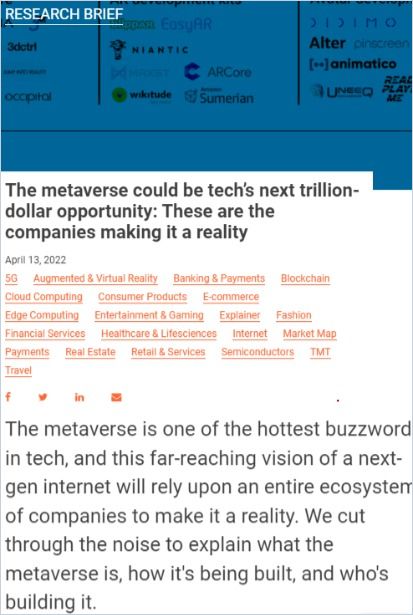
The metaverse could be tech’s next trillion-dollar opportunity
CB InsightsCompanies vSpacial and Immersed focus on the virtual work arena, providing workspaces and whiteboards for collaboration. Smart contracts work in conjunction with the blockchain to enable the creation and exchange of virtual elements, often accompanied by non-fungible tokens (NFTs) to prove ownership. NFT markets like OpenSea provide a platform to exchange these tokens outside the worlds in which they are generated. Balenciaga sells branded assets in Fortnite. Nike worked with Roblox to create Nikeland, an entire virtual world. In The Future is Faster Than You Think, authors Peter H. Diamandis and Steven Kotler point to the convergence of AI and sensor technologies – the Internet of Things – combined with virtual reality hardware to enable shoppers to enter a store virtually, choose and try on clothes digitally, and to conduct all transactions in the metaverse.
Developers…are betting that the decentralized aspect of blockchain will boost interoperability between games and other platforms.
CB Insights
Access to both centralized and decentralized virtual worlds is enhanced by augmented and virtual reality hardware, relying primarily upon smartphones or specialized headsets and haptic fabric. Hardware and video technologies that better translate the look and feel of real objects will help virtual buyers make more informed purchasing decisions utilizing this gear. Facebook, now Meta, founder Mark Zuckerberg bought virtual reality hardware company Oculus in 2014 for $2 billion. He plans to integrate this hardware with his vision of 3-D social space in the metaverse, a web 3.0 version of Facebook where people can meet virtually for work or leisure. Meta’s Horizon, launched in December 2021, is its flagship foray into virtual world-building. Oculus aims to develop lightweight wearable hardware to make blending these worlds into everyday reality seamless. Ample opportunities exist for companies to develop 3-D printing interfaces as well as avatars, virtual space-building and security apps, among myriad other services. This leverages advances in computing power, cloud storage and the rollout of 5G wireless networks, sectors which continue robust growth. Boston Consulting Group takes a look at the metaverse – or, rather, the convergence of “m-worlds” (metaverse worlds) – as it becomes a reality in its report “The Corporate Hitchhiker’s Guide to the Metaverse.” In their analysis, Extended Reality (XR) is a catchall word for the mix of augmented, virtual and every permutation in between web 3.0 digital spaces. These technologies within decentralized m-worlds will create a “virtual asset economy.”
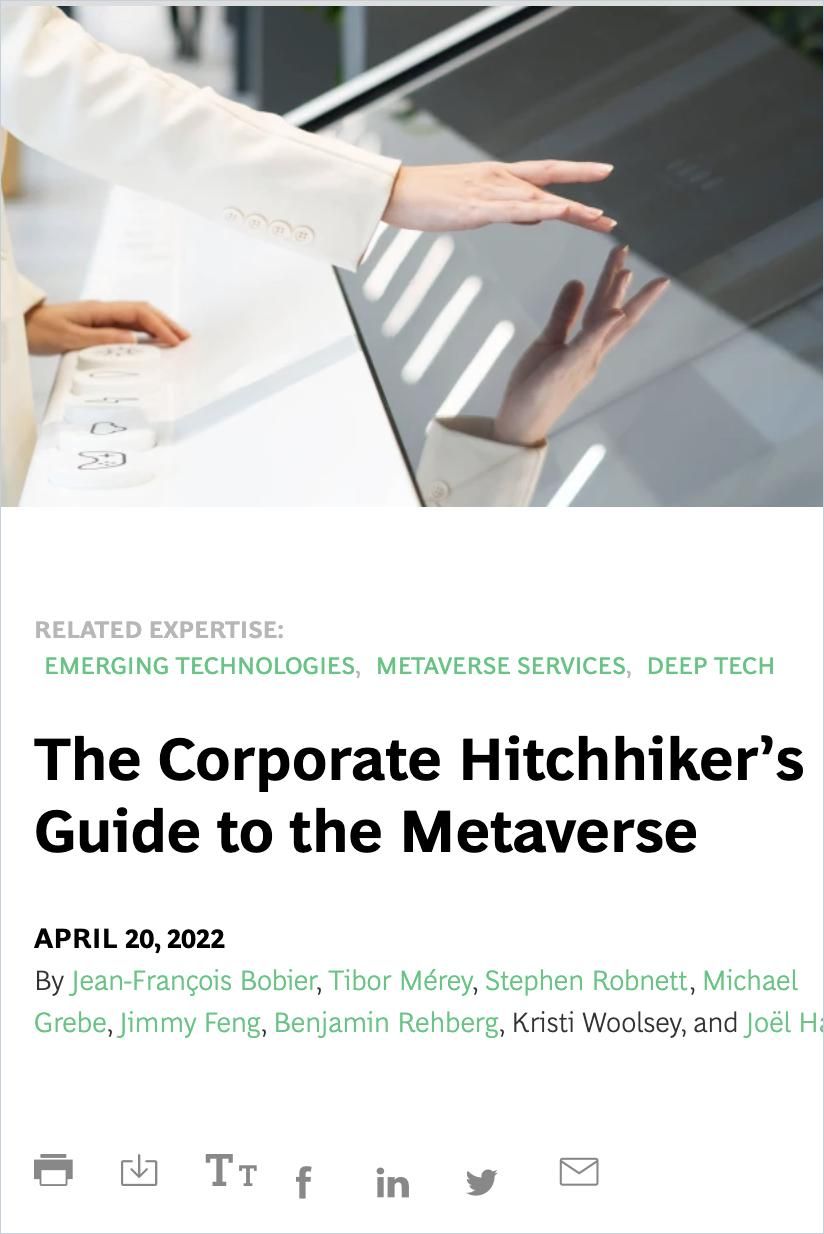
The Corporate Hitchhiker’s Guide to the Metaverse
The Boston Consulting GroupTech companies are plowing billions betting on the metaverse’s revenue opportunities. It will offer new ways for companies and customers to think about and share experiences. The convergence of technologies will revolutionize collaboration and support opportunities. Curious companies should experiment with small virtual forays that augment their existing offers. These areas look most promising:
- developing the infrastructure of the metaverse
- developing and monetizing content and digital assets
- developing the competencies required for virtual collaboration, like retailer showrooms or corporate conferences
- re-engaging with existing customers or developing new ones in different channels
M-worlds pursue multiple monetization models as they seek to build their virtual-asset economies.
Boston Consulting Group
China’s tech giants like Tencent and Alibaba are also building metaverse worlds, and Chinese cities are embracing its possibilities with the hope that its projected $8 trillion market growth potential attracts new development centers and talent. A Chinese metaverse will likely have the same or enhanced government censorship regulations their internet currently has. Western companies looking for opportunities within the Chinese version of web 3.0 will have to play by their rules.
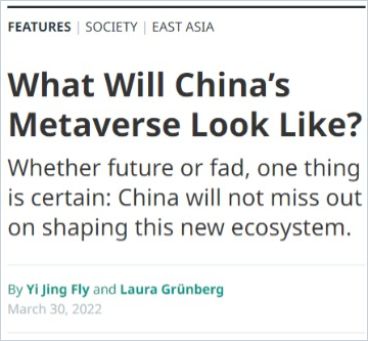
Meanwhile, Google and Meta are wasting no time building the physical infrastructure of high-speed internet throughout Africa, projects that will bring millions of new jobs and billions in revenue opportunities to African economies. Data centers and other real-world infrastructure that supports the metaverse will continue to be important. User privacy issues remain a concern as the world transitions into web 3.0, and establishing brand trust will matter more than ever to customers. No doubt con men and scammers of all types will follow the web 3.0 gold rush.

How the Internet Economy Changes the Rules, with Rachel Botsman
Global Peter Drucker Forum Read SummaryRethink Your Marketing Strategy
The authors of Navigating the Metaverse caution that marketing in the metaverse requires a new strategy. In this respect, everyone is a pioneer. Web 3.0 changes the relationships between customers, internet users and brands. Companies will do well to rethink their customer journey models in light of this shift. In the meantime, traditional advertising – especially with the demise of ad targeting cookies – will be even less persuasive than it’s already become. Play around with customer geolocation, personalization and gamification of your offerings. Become familiar with the capabilities of Extended Reality technologies.
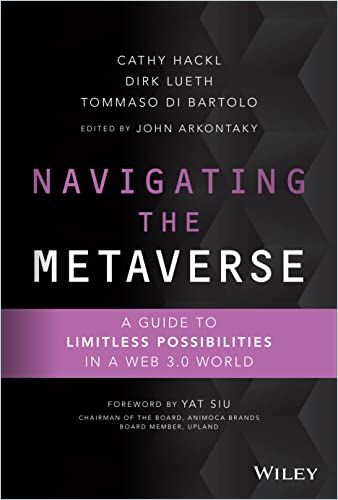
The focus is on experiences that appeal to all the senses that encourage role-playing or online collaboration. Pay-per-click measures will lose relevance as metrics such as “metaverse impressions” and “joint value creation,” which measure the engagement of users or their contributions based on your virtual tools and the rewards such engagement unlocks. Brands might consider developing dApps to unite their virtual, digital and real-world customer experiences in one place. Investigate the world of NFTs and NFT exchanges and brainstorm for ways to monetize your digital assets in these new worlds and build stronger communities. As always, your greatest asset is customer feedback. Listen to what your customers say and give them more of what they want.
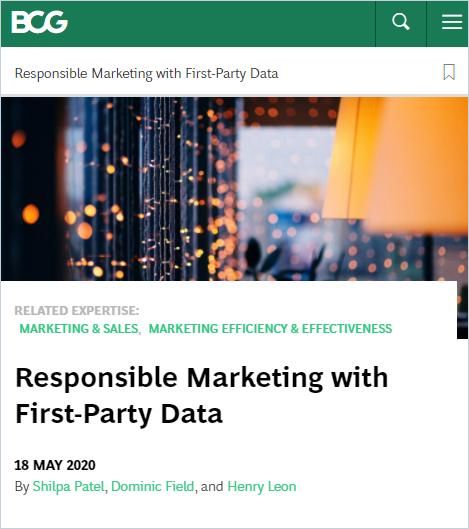
Responsible Marketing with First-Party Data
The Boston Consulting Group Read SummaryExplore metaverse marketing and training opportunities:
